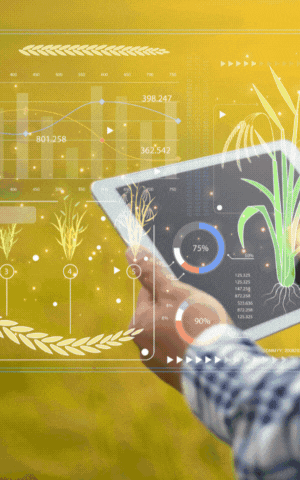
Still sifting through genes, but…
Plant breeding has always been about testing to see how one gene interacts with another, but today it can be done much more quickly

Showing how new wheat varieties perform
Cigi represents the end-use customer at the table when new varieties are being considered for registration

Hopes grow for gene editing
This safe new technology promises to take us far beyond GMOs. But will consumers let us use it?
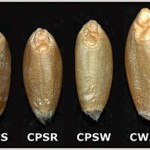
Wheat class changes see the end of KVD
Kernel visual distinguishability (KVD) ended on paper in 2008, but new changes to wheat classes mean it will also end in practice

Forage breeding faces funding challenges
Government has cut back, private companies are not keen on crops that don’t need to be reseeded every year, and you can’t check off sales to farmers’ own livestock
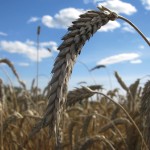
New life for triticale
High yield, high nutrition, disease resistance and swath grazing potential are among the attractions of this wheat/rye hybrid

Unique farmer-driven funding model achieving the ‘im-pulse-able’
The Prairie pulse sector has developed from a few hundred acres to a few million
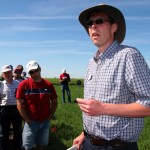
The risk of tried-and-true cereal varieties
Many growers may not realize just how much the agronomic package has improved over the last few years

Plant breeding basics
Plant breeding is a key driver of crop agriculture — but it’s even more complex than might first appear
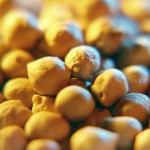
The wild side of chickpeas
New genes from wild relatives will make chickpeas a better option for more farmers

